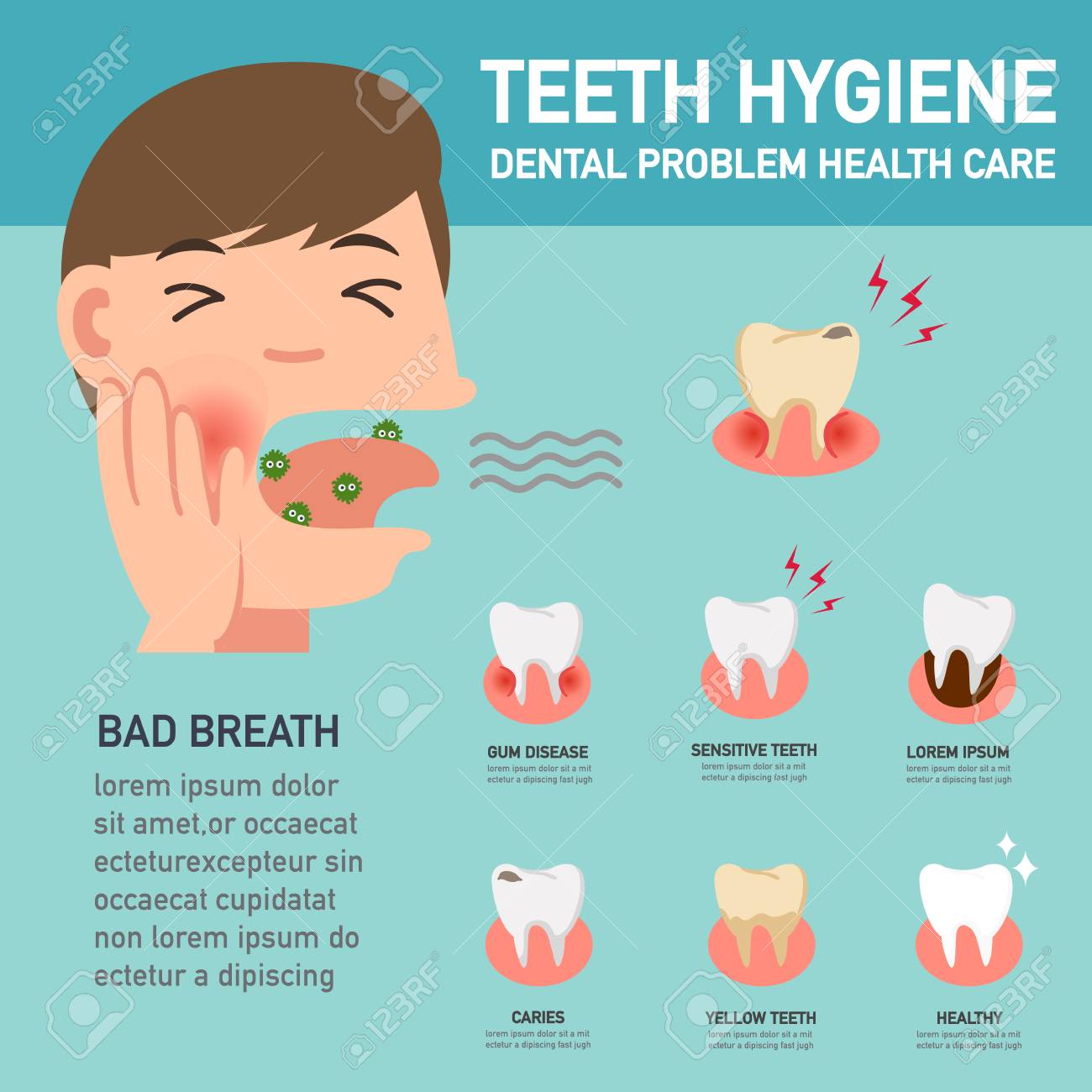The Ultimate Manual For Coping With Oral Emergency Situations: Emergency Dental Expert Version
The Ultimate Manual For Coping With Oral Emergency Situations: Emergency Dental Expert Version
Blog Article
Material Develop By-Hensley Jakobsen
When faced with a sudden dental emergency, the last point you intend to do is panic. Visualize having the knowledge and tools within your reaches to handle the scenario with confidence and calmness. From understanding exactly how to provide immediate relief to finding the appropriate emergency situation dental professional swiftly, being prepared can make all the distinction in a dilemma. Stay tuned to discover the important actions and expert suggestions that will empower you to browse dental emergencies properly.
Identifying Typical Dental Emergency Situations
Identify common oral emergencies by recognizing the signs and symptoms that indicate immediate treatment is needed. dental implants periodontist near me that are relentless and throbbing could be a sign of an underlying issue like an abscess or infection.
Swelling of the face or gums accompanied by discomfort may additionally indicate a serious problem. If you experience hemorrhaging from the mouth that does not quit, it could be a dental emergency situation calling for instant attention.
Injuries to the mouth resulting in a broken, damaged, or knocked-out tooth are also circumstances where immediate dental care is necessary.
Various other typical oral emergencies include a lost filling or crown, triggering pain and level of sensitivity. Neglecting related web-site might cause further complications, so seeking prompt treatment is important.
Immediate First Aid for Oral Injuries
In cases of dental injuries, providing immediate emergency treatment can aid reduce pain and prevent more difficulties. If you experience a knocked-out tooth, handle it by the crown (top component) and carefully rinse off any dirt with water. Attempt to return the tooth back into the socket, or if that's not possible, shop it in a container of milk or saliva up until you can see a dental practitioner.
For a split or damaged tooth, rinse your mouth with warm water and use a chilly compress to minimize swelling. If you have a toothache, rinse your mouth with a mix of cozy water and salt to assist relieve pain. In the case of a bitten lip or tongue, tidy the location gently and use a chilly compress to lower swelling.
How to Discover an Emergency Dentist
When confronted with a dental emergency situation, knowing how to quickly find an emergency dental professional can make all the distinction in getting prompt care and relief. Start by calling your routine dental practitioner first, as they may have emergency situation hours or have the ability to refer you to an additional dental expert who can aid.
If it desires hours or you're not able to reach your dentist, consider using online sources such as oral organization internet sites or emergency situation dental professional directory sites. These systems can provide you with a listing of dental professionals in your location who provide emergency solutions.
Another choice is to contact your regional healthcare facility or immediate care center. They typically have links with emergency situation dental experts or dental facilities that can assist with urgent oral issues.
In cases of extreme discomfort, swelling, or trauma, do not hesitate to seek prompt aid from the local emergency room.
Conclusion
To conclude, knowing how to identify usual oral emergency situations and taking prompt first aid steps can make a difference in the end result.
Finding an emergency situation dentist swiftly is essential, whether with contacting your routine dental professional, inspecting on-line sources, or reaching out to local healthcare facilities.
Keep in mind, seeking instant assistance from an emergency room for serious pain or trauma is always a top priority.
Stay informed and prepared to manage dental emergencies effectively.
